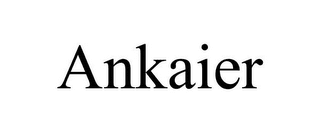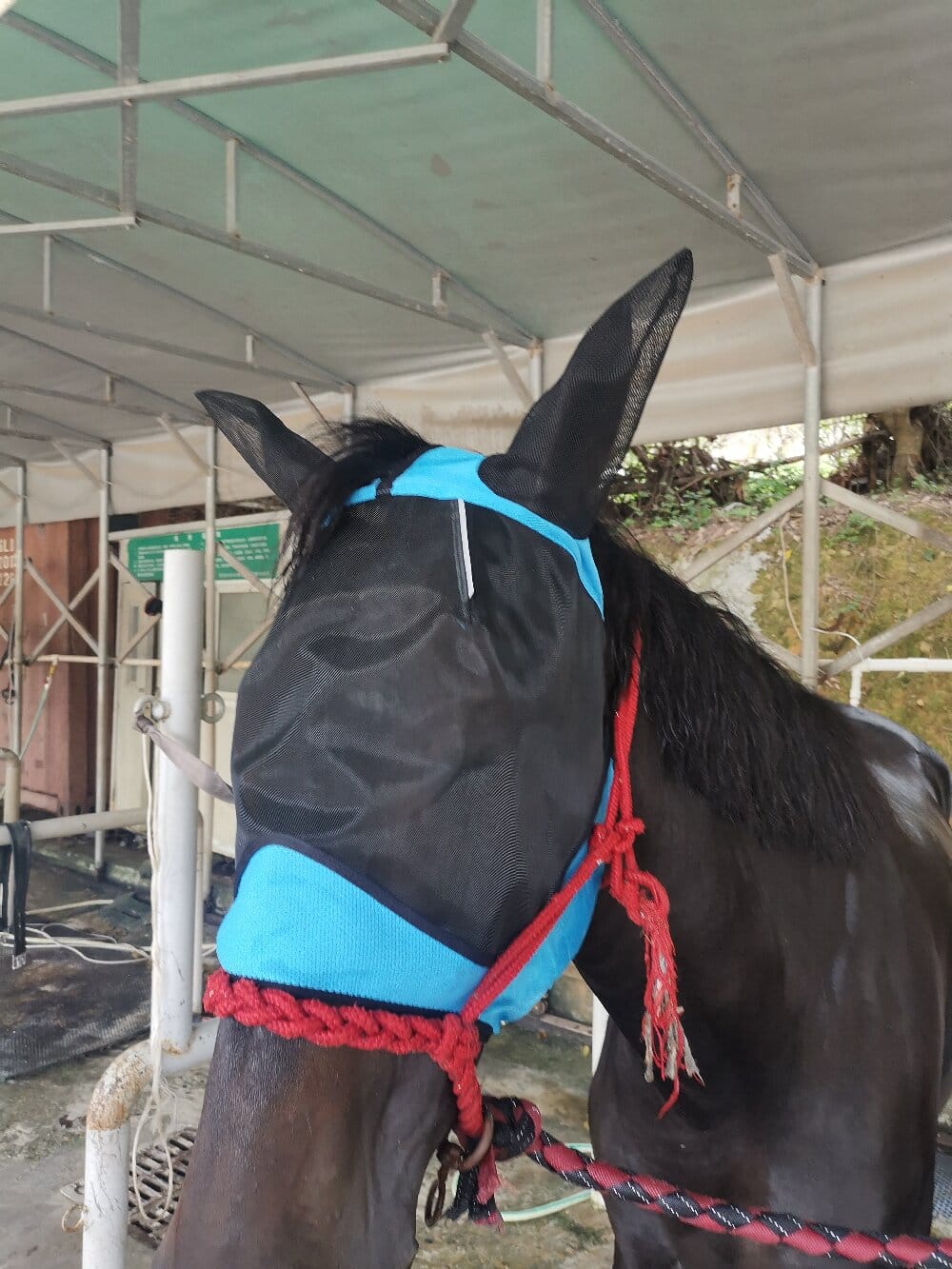You see your horse constantly twitching, stomping, and swinging its head in a futile battle against relentless insects. Your first thought for relief is a horse fly mask, a simple-looking piece of equine gear designed to shield those sensitive eyes and ears. But before you click “add to cart” on the first one you see, it’s worth pausing to think critically. Is a fly mask truly necessary for your situation, and if so, what kind represents a smart investment for your horse’s well-being and your peace of mind? This isn’t just about buying a piece of fabric; it’s about making an informed decision for your equine partner’s comfort and health.
More Than Just an Accessory: The Functional Imperative
Let’s move beyond viewing the fly mask as a mere accessory. Its primary function is protection. Flies aren’t just a nuisance; they are vectors for disease and a source of significant stress. They can transmit conjunctivitis (pink eye) and contribute to painful eye conditions. Their bites around the eyes and ears can cause swelling, sores, and incessant itching. For horses with allergies or light-colored coats that are more susceptible to sunburn, a quality fly mask with UV protection is not a luxury but a critical piece of management equipment. By thinking of it as preventative healthcare, you shift your perspective from “should I?” to “which one is best?”
Decoding the Design: A Buyer’s Critical Checklist
The market is flooded with options, from basic models to high-tech designs. A critical evaluation is essential to avoid wasting money on a product that fails in its duty. Here are the key features you must scrutinize:
- Material & Breathability: Is it made from a durable, lightweight, and breathable mesh? A mask that traps heat and sweat can be more uncomfortable than the flies themselves and can lead to skin issues.
- Fit & Comfort: A poorly fitting mask can rub, chafe, and even slip, potentially impairing your horse’s vision. Look for soft, padded edging around the eyes and ears, and adjustable closures that are secure yet safe.
- Visibility: Your horse needs to see clearly. Ensure the eye mesh is fine enough to block tiny gnats but does not distort your horse’s vision, which could cause anxiety or spooking.
- Durability & Ease of Care: Will it survive a roll in the paddock or a run through brambles? Is it machine washable? A mask that falls apart after one season is a poor investment.
The Unseen Factor: Weighing Risks and Responsibilities
No piece of equipment is without its potential downsides, and a critical owner must acknowledge them. The most significant risk is the mask itself becoming a hazard. A torn mask can entangle a hoof or snag on a fence post. This is why daily inspection is non-negotiable. Run your hands over the entire mask, checking for rips, loose seams, or stretched-out elastic. Furthermore, a fly mask should not be a 24/7 solution. Your horse’s face and eyes need a break. Make it a routine to remove the mask daily to check for any irritation, clean the area, and give the skin a chance to breathe. This simple practice mitigates risk and ensures the mask remains a tool for good.
Making the Smart Choice for Your Equine Partner
Ultimately, the decision to use a fly protector is a personal one, but it should be an educated one. Consider your specific environment. Is your horse in a dusty, fly-infested pasture all day, or is it only turned out for a few hours? Does your horse have any pre-existing eye conditions that require extra shielding? By applying a critical thinking framework, you move from a reactive purchase (“the flies are bad!”) to a proactive management strategy. You are not just buying a mask; you are selecting a piece of welfare equipment based on a clear understanding of its benefits, limitations, and the responsibility that comes with its use.
In conclusion, a horse fly mask is far more than a simple screen against insects. It is a considered investment in your horse’s comfort, health, and quality of life. By critically evaluating the necessity, the design features, and the associated responsibilities, you can make a confident choice. The right mask, used thoughtfully and maintained diligently, provides invaluable relief, allowing your horse to enjoy its time outdoors in peace, free from the constant agitation of pests. That outcome is worth the extra thought.

